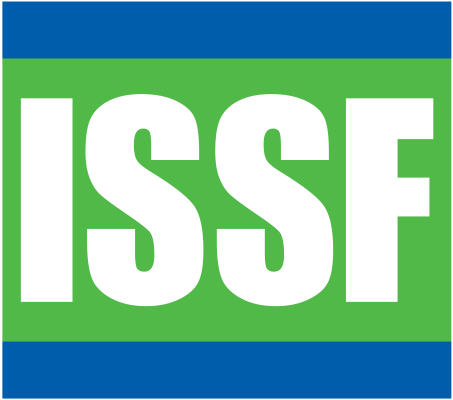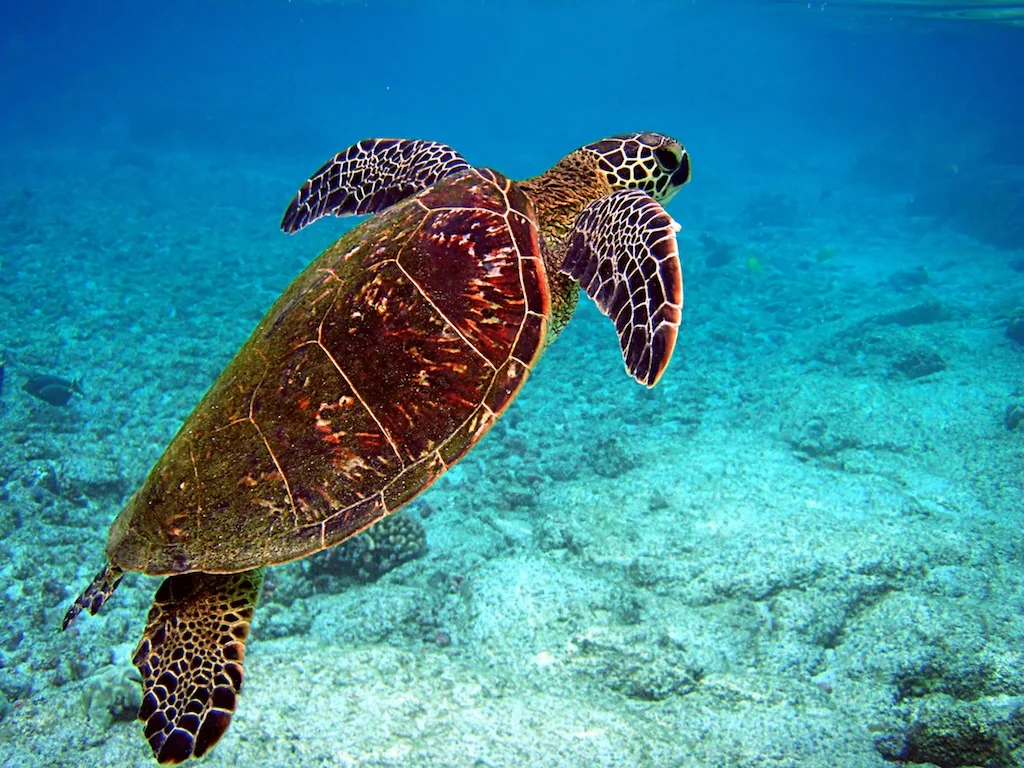Seabird Interactions and Best Practices
If you encounter a banded (tagged) bird, record its number, the time and place of its capture, and note the mitigation measures that were employed at the time. This information can help scientists evaluate which mitigation measures are most effective.
Remember that seabirds, and albatrosses in particular, are highly vulnerable bycatch species. For albatrosses in particular, the actions you take to avoid their capture and to release them if they are caught are critical to their long-term survival.
- They mate for life and produce only a single egg every one to two years.
- If one member of a pair is killed, the other cannot raise the chick alone.
- The loss of one adult can lead to the loss of a chick and any future chicks from the pair. Take the time to do your part to keep this part of the marine ecosystem healthy.
ACAP Best Practice Guide
For a more comprehensive and up-to-date compilation of seabird bycatch mitigation handling techniques and recommendations, refer to ACAP´s Review and Best Practice Advice for Reducing the Impact of Pelagic Longline Fisheries on Seabirds, which can be downloaded at the following link: https://www.acap.aq/bycatch-mitigation/mitigation-advice/3956-acap-2021-pelagic-longlines-mitigation-review-bpa/file

